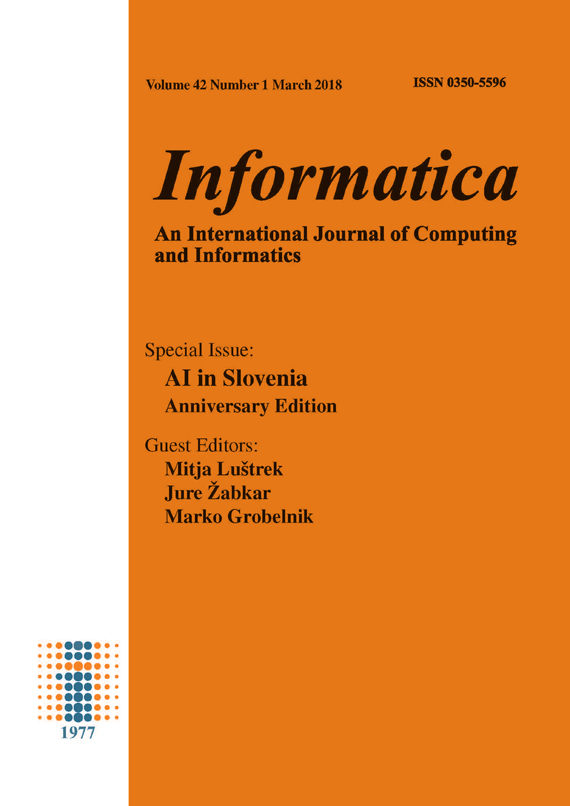Continuous Blood Pressure Estimation from PPG Signal
Abstract
Given the importance of blood pressure (BP) as a direct indicator of hypertension, regular monitoring is encouraged for healthy people and mandatory for patients at risk from cardiovascular diseases. We propose a system in which photoplethysmogram (PPG) is used to continuously estimate BP. A PPG sensor can be easily embedded in a modern wearable device, which can be used in such an approach. A set of features describing the PPG signal on a per-cycle basis is computed to be used in regression models. The predictive performance of the models is improved by rst using the RReliefF algorithm to select a subset of relevant features. Afterwards, personalization of the models is considered to further improve the performance. The approach is validated using two distinct datasets, one from a hospital environment and the other collected during every-day activities. Using the MIMIC hospital dataset, the best achieved mean absolute errors (MAE) in a leave-one-subject-out (LOSO) experiment were 4.47 +- 5.85 mmHg for systolic and 2.02 +- 2.94 mmHg for diastolic BP, at maximum personalization. For everyday-life dataset, the lowest errors in the same LOSO experiment were 8.57 +- 7.93 mmHg for systolic and 4.42 +- 3.61 mmHg for diastolic BP, again using maximum personalization.
Downloads
Published
Issue
Section
License
I assign to Informatica, An International Journal of Computing and Informatics ("Journal") the copyright in the manuscript identified above and any additional material (figures, tables, illustrations, software or other information intended for publication) submitted as part of or as a supplement to the manuscript ("Paper") in all forms and media throughout the world, in all languages, for the full term of copyright, effective when and if the article is accepted for publication. This transfer includes the right to reproduce and/or to distribute the Paper to other journals or digital libraries in electronic and online forms and systems.
I understand that I retain the rights to use the pre-prints, off-prints, accepted manuscript and published journal Paper for personal use, scholarly purposes and internal institutional use.
In certain cases, I can ask for retaining the publishing rights of the Paper. The Journal can permit or deny the request for publishing rights, to which I fully agree.
I declare that the submitted Paper is original, has been written by the stated authors and has not been published elsewhere nor is currently being considered for publication by any other journal and will not be submitted for such review while under review by this Journal. The Paper contains no material that violates proprietary rights of any other person or entity. I have obtained written permission from copyright owners for any excerpts from copyrighted works that are included and have credited the sources in my article. I have informed the co-author(s) of the terms of this publishing agreement.
Copyright © Slovenian Society Informatika








